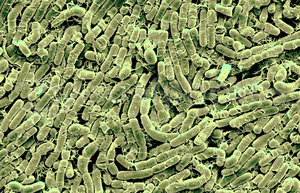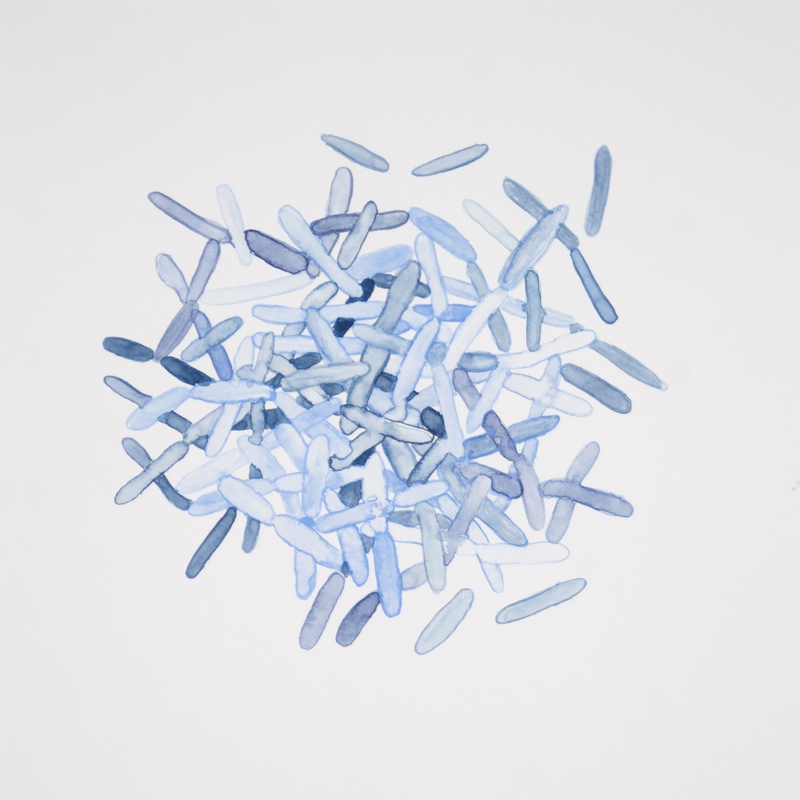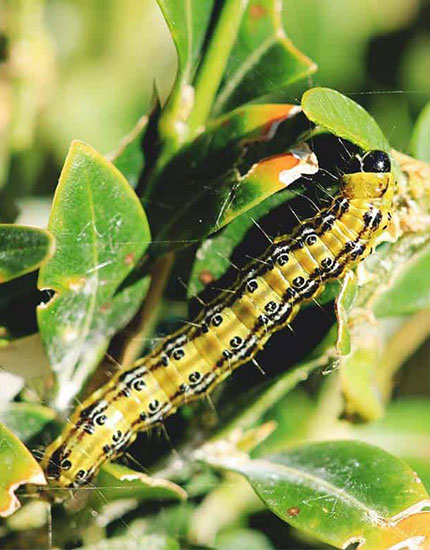
Bacillus thuringiensis: Biological Characteristics, Toxicological Effects and Environmental Implications
Robert Bélanger (Editor), Series: Pesticides, Bacteria and Microorganisms, BISAC: TEC003090, In Chapter One, André L. de A. Melo, PhD discusses the

Characteristics of Bacillus thuringiensis isolates indigenous soil of South Sumatra (Indonesia) and their pathogenicity against oil palm pests Oryctes rhinoceros (Coleoptera: Scarabaeidae)

Bacillus thuringiensis toxins divert progenitor cells toward enteroendocrine fate by decreasing cell adhesion with intestinal stem cells in Drosophila
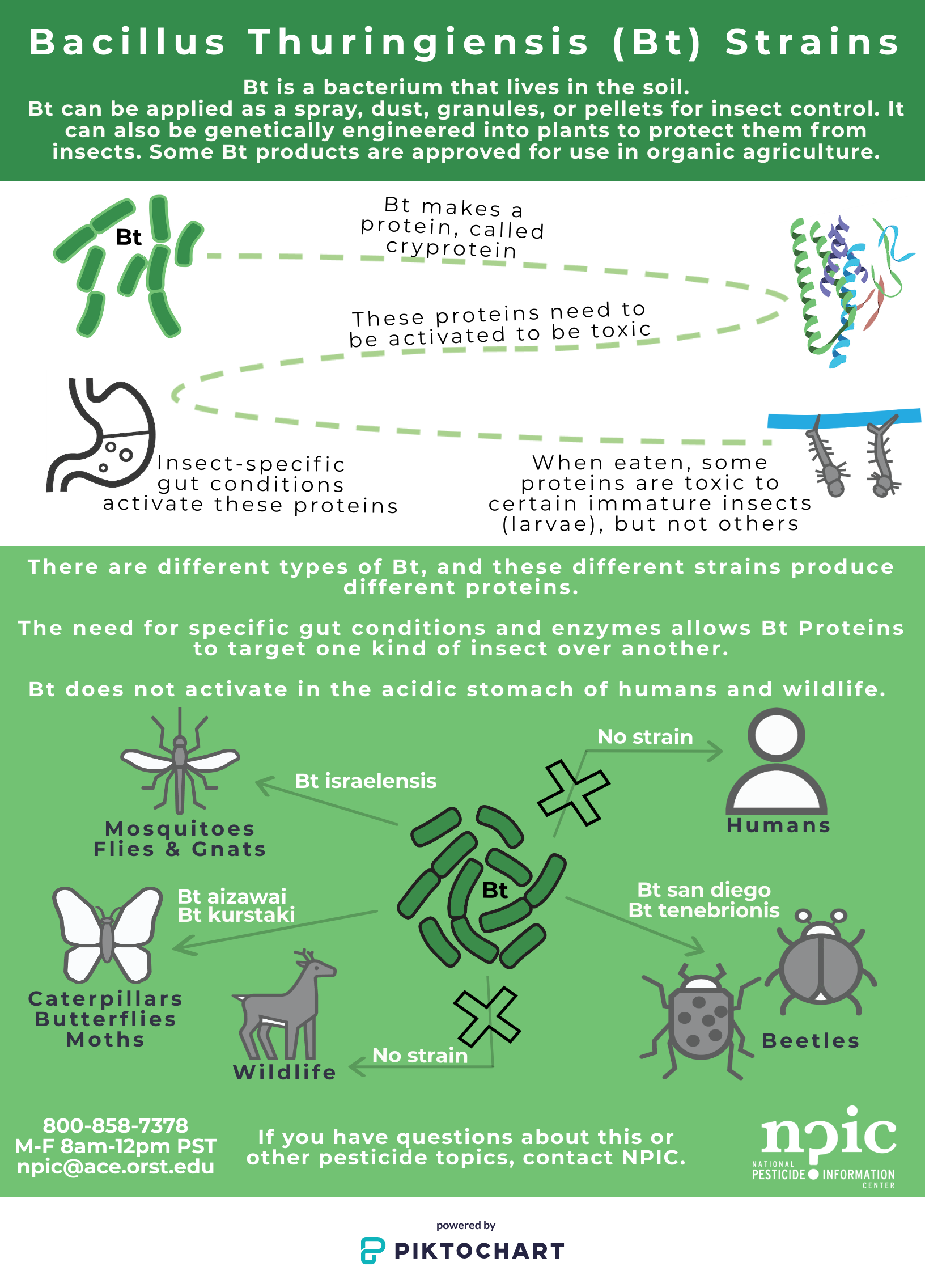
i>Bacillus thuringiensis (Bt) Fact Sheet

Bio-efficacy of chitinolytic Bacillus thuringiensis isolates native to northwestern Indian Himalayas and their synergistic toxicity with selected insecticides - ScienceDirect

PDF) Toxic Potential of Bacillus thuringiensis : An Overview

The Efficacy of Bacillus Thuringiensis (Bt) as Biopesticide Against Fall Armyworm in Sugarcane Whorl by AcademicJournal - Issuu
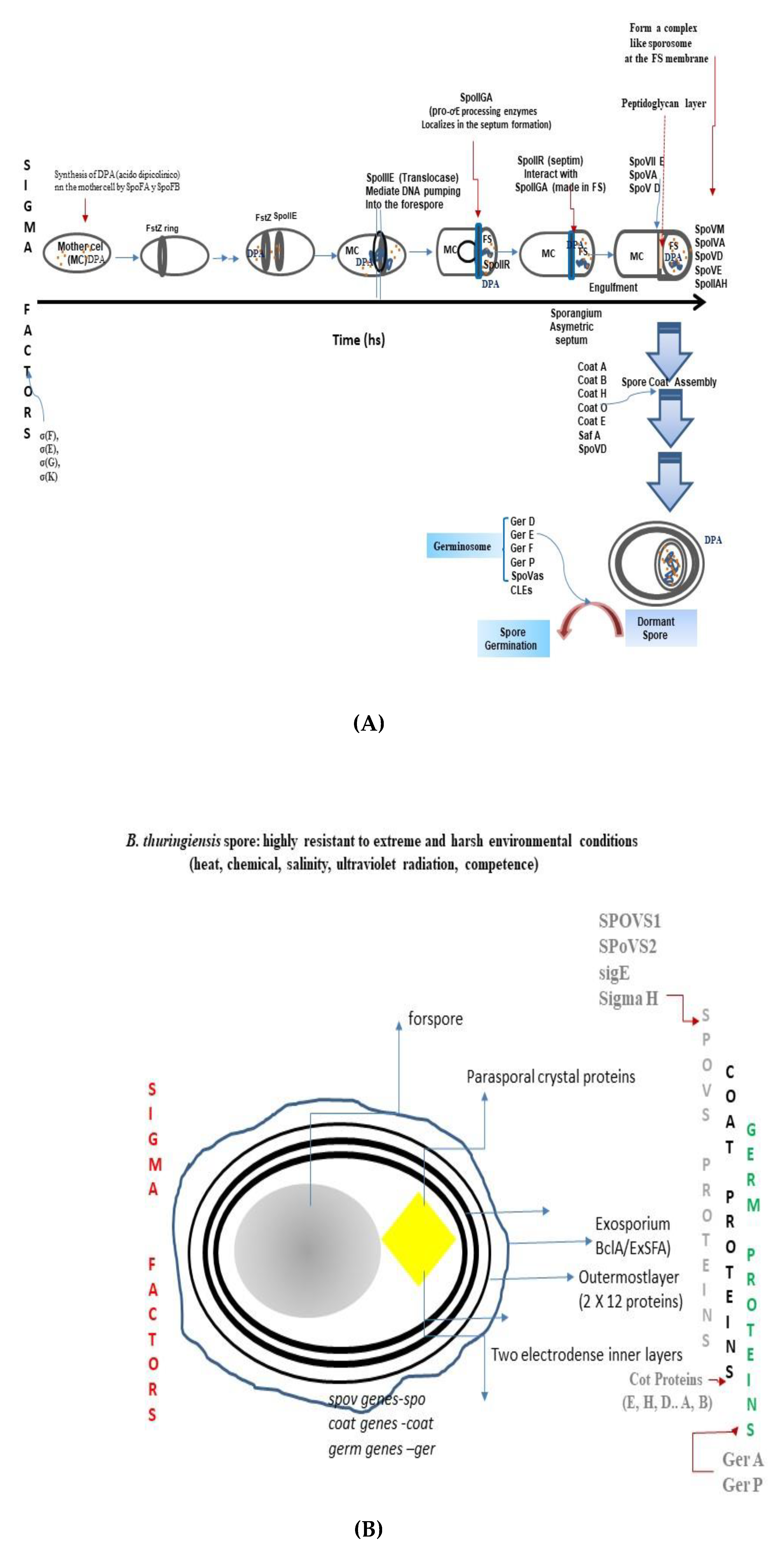
Microbiology Research, Free Full-Text
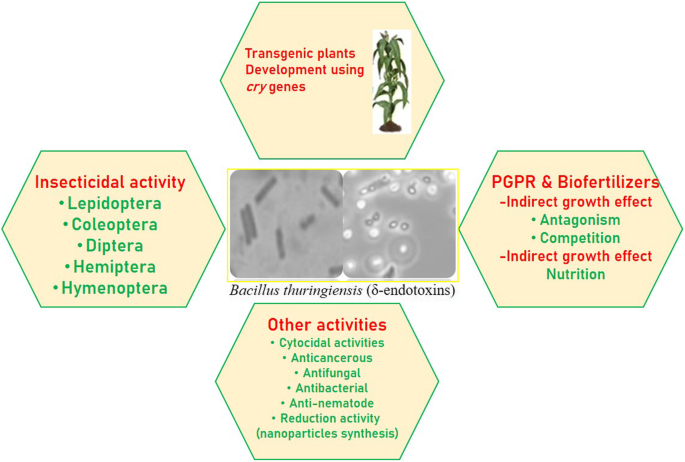
Bacillus thuringiensis as microbial biopesticide: uses and application for sustainable agriculture, Egyptian Journal of Biological Pest Control

An Overview on the Crystal Toxins from Bacillus thuringiensis

Toxic Potential of Bacillus thuringiensis: An Overview

Full article: Bacillus thuringiensis
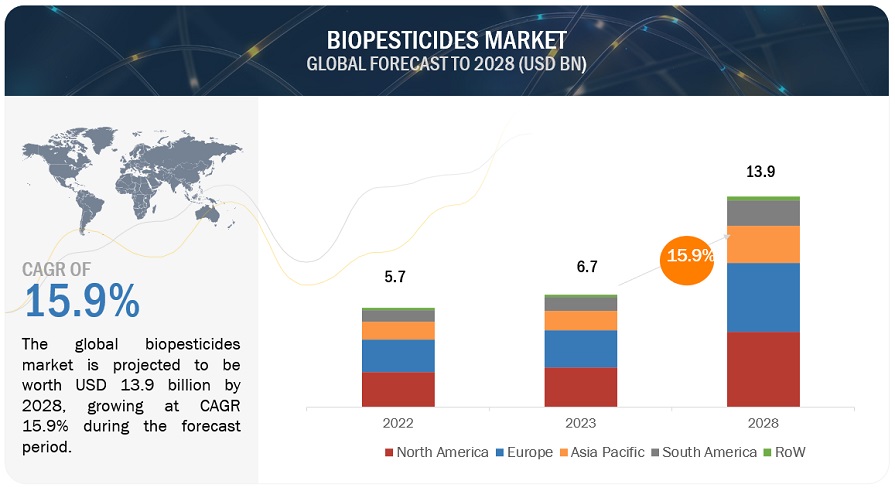
Biopesticides Market Size, Trends, Growth, Industry Report Forecast [2023-2028]

Full article: Bacilli as sources of agrobiotechnology: recent advances and future directions

New native Bacillus thuringiensis strains induce high insecticidal action against Culex pipiens pallens larvae and adults, BMC Microbiology

Effect of different growth media on Bacillus thuringiensis growth

